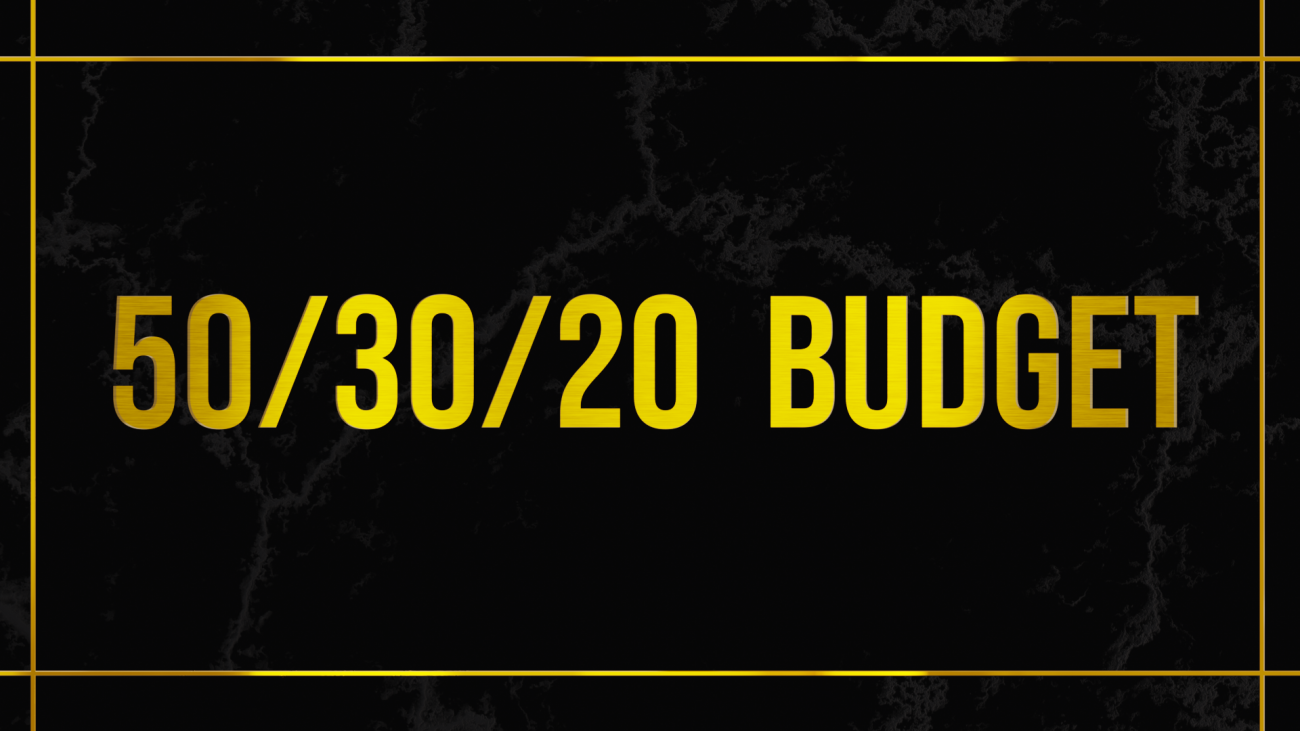Feeling overwhelmed by budgeting? The 50-30-20 budget offers simplicity, clarity, and balance, helping you manage your money effectively without stress.
What is the 50-30-20 Budget?
The 50-30-20 budget divides your monthly after-tax income into three clear categories:
- 50% for Needs: Essentials like housing, groceries, utilities, transportation, insurance, and debt payments.
- 30% for Wants: Personal spending, entertainment, dining out, shopping, subscriptions, and hobbies.
- 20% for Savings & Goals: Building an emergency fund, retirement contributions, paying down debt faster, or saving for major purchases.
How to Use the 50-30-20 Budget
- Calculate Your Income: Determine your monthly after-tax income.
- Divide Your Income: Allocate 50% for necessities, 30% for lifestyle and enjoyment, and 20% towards savings and financial goals.
- Track Your Spending: Regularly monitor your expenses to ensure they align with these guidelines.
- Adjust as Needed: If you’re overspending in one category, re-balance and adjust spending in another.
Why the 50-30-20 Works
- Simplicity: Easy to remember and implement.
- Balance: Ensures your lifestyle remains enjoyable while still prioritizing financial security.
- Flexibility: Adapts easily to changes in your income and financial goals.
Example:
If your monthly after-tax income is $3,000:
- Needs: $1,500 (50%)
- Wants: $900 (30%)
- Savings: $600 (20%)
Make It Yours
Adjust the percentages slightly if needed—everyone’s financial picture is unique. The key is to create a sustainable balance.
Adjustments for Lower-Income Households
If your income makes the traditional 50-30-20 difficult, consider modifying the approach to reflect your circumstances realistically:
- Prioritize Needs: Ensure your essentials are covered first, even if they exceed 50%.
- Reduce Wants: Temporarily lower the percentage allocated to non-essential spending.
- Focus on Savings: Even small contributions regularly can significantly impact your financial security over time. Aim to build an emergency fund incrementally.
Remember, the goal is progress and stability, not perfection. Adjust as your financial situation improves.
Ready to Start?
Use our free budget worksheet to get started, track your expenses, and see how the 50-30-20 budget can help you build clarity, confidence, and control in your financial life.

